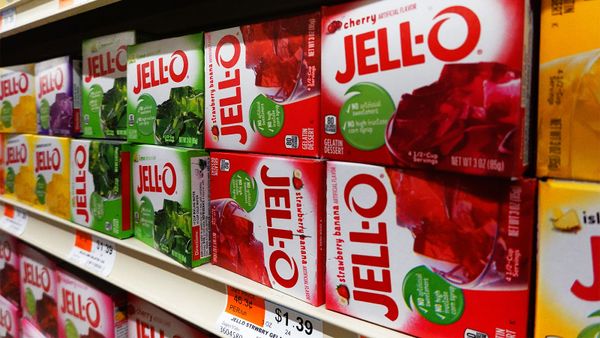You've seen the aisle at the grocery store: Bins, maybe bags, filled with shriveled fruit ranging from soft apple rings to crisp banana chips. But there's so much more to dehydrated food than just fruit. Vegetables, herbs, meat, and dairy are all dried to make everything from kitchen spices and soup mixes to infant formula and boxed mac and cheese. Dried food is so popular that people are making it at home, too. So what's the big deal?
Dating back as early as 12,000 B.C.E., dehydration is one of the oldest methods of food preservation, and it's easy to see what our ancestors liked about it [source: Nummer]. For one, it doesn't require any special equipment — just the warmth of the sun. And because all the water is taken out of the food, you don't need a lot of storage space, either. That means, unlike frozen or canned fare, dehydrated food is incredibly easy to transport, making it as useful at the campsite as it is in the kitchen.
Advertisement
There are some drawbacks, however. In certain circumstances, dehydration sucks not only the water out of food, but also the nutrients. It can also make your snacks tough, creating a texture more like leather than the tender, juicy food that nature created. Plus, some dehydrated fare needs to be rehydrated prior to consumption, which requires water and makes it difficult to transport after all.
Clearly, dehydrated food is great for some purposes, but for others, not so much. Advances in technology over the past 14,000 years have made it more useful and tastier than ever before. While solar drying remains a viable option, hot-air drying, spray drying and freeze drying have vastly improved the quality and speed at which food can be dehydrated.
So why is food dehydration necessary? How has it changed over the years? How do factories do it, and how can you do it at home? Gnaw off a hunk of beef jerky and prepare to find out.


